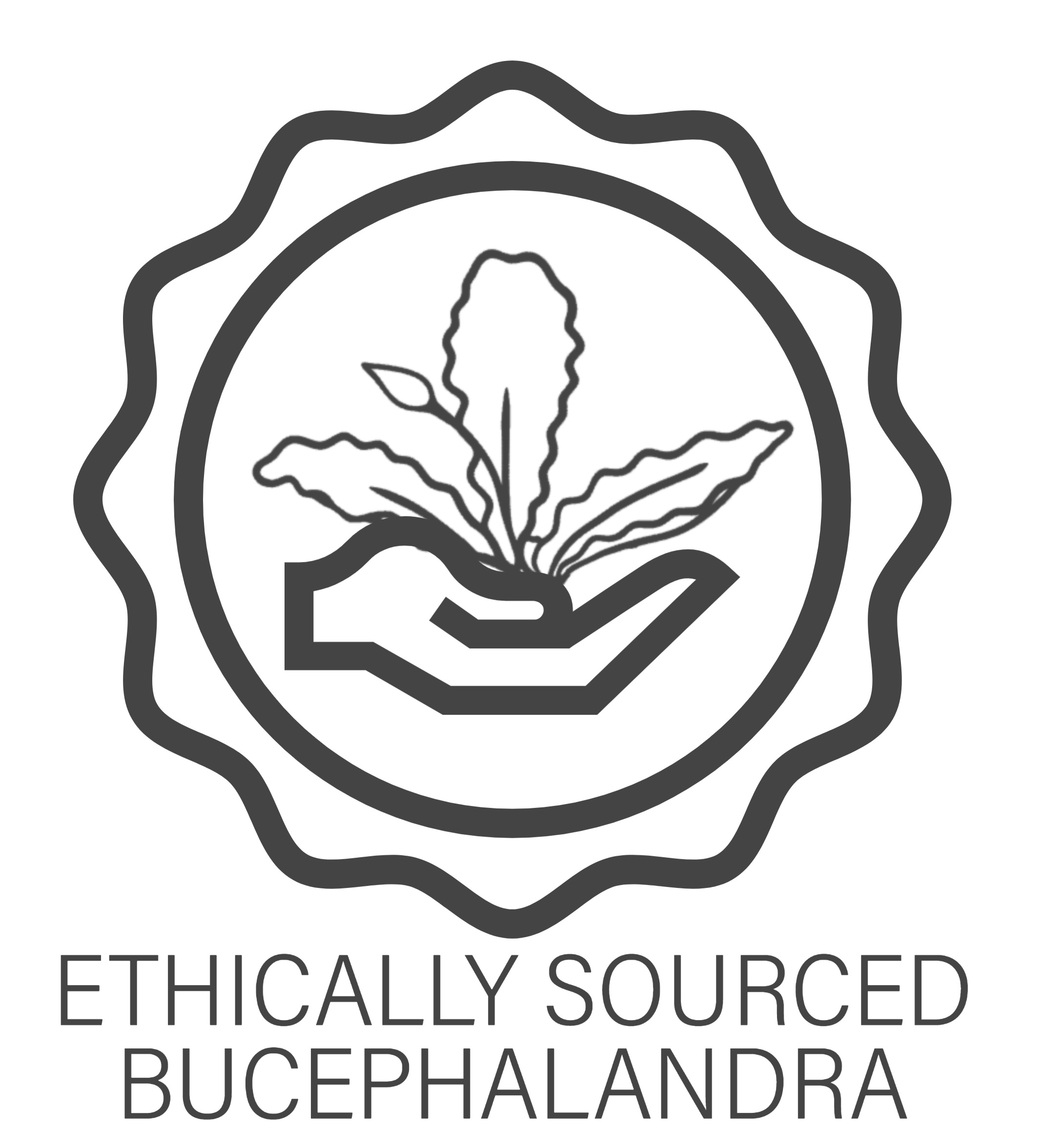Bucephalandra Green Wavy is a popular and beginner-friendly variety of Bucephalandra known for its textured, wavy green leaves and strong adaptability. Grown in sterile tissue culture, this plant is algae-free, snail-free, and safe for sensitive aquariums. Its epiphytic nature makes it ideal for attaching to rocks, driftwood, or other hardscape features.
It thrives in low-light and low-tech tanks, making it a great choice for hobbyists looking for low-maintenance yet visually striking plant options. This slow-growing species adds depth and lush greenery to aquascapes with minimal effort.
| Difficulty Level | Easy |
|---|---|
| Lighting | Low to medium |
| CO₂ Requirement | Not required |
| Growth Rate | Slow |
| Placement | Foreground, midground, attached to hardscape |
| Propagation | Rhizome division |
Do not bury the rhizome in substrate. Bucephalandra prefers stable parameters, gentle flow, and low light to avoid algae buildup. Remove tissue culture gel completely before introducing into your tank.
Order now and enjoy the reliable, easy-care beauty of Bucephalandra Green Wavy in your aquascape!

This Bucephalandra has been ethically sourced and produced by a nursery farm. Bucephalandra is quickly becoming an endangered species where it is native in Borneo. To curb the illegal harvesting and importing of Bucephalandra Aquascaperoom Canada is only sourcing plants from reputable nurseries and growers. Bucephalandra "hunters" and illegal harvesters are quickly contributing to the problem.